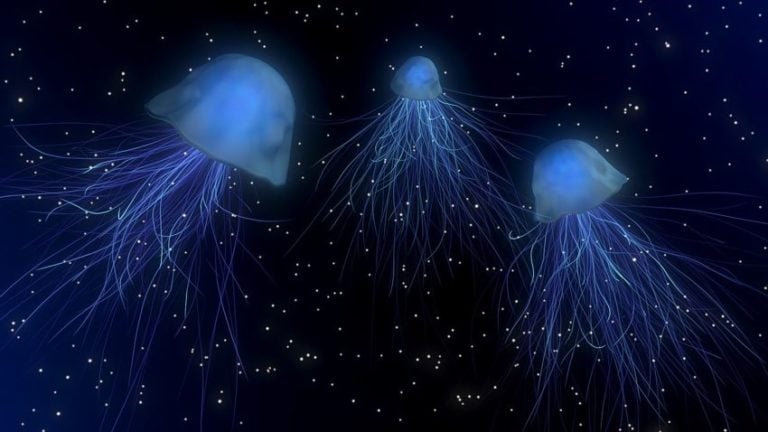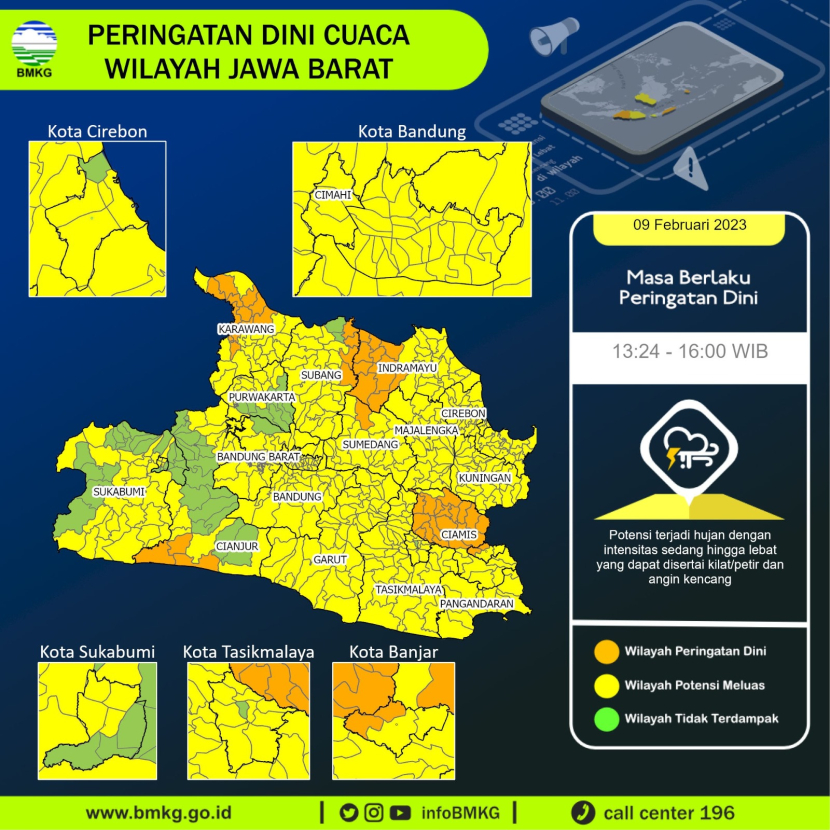Could We Predict Alien Life? New Discoveries Of Non-Xenomorph Species On Earth

Table of Contents
Extremophiles: Earth's Clues to Alien Life
Defining Extremophiles and Their Habitats
Extremophiles are organisms that thrive in extreme environments, conditions previously thought to be inhospitable to life. These environments often mimic conditions found on other planets and moons within our solar system and beyond. Understanding their survival strategies offers crucial insights into the potential for life beyond Earth. "Extremophile habitats" are incredibly diverse, ranging from scorching hot springs to freezing polar regions.
- Thermophiles: Thrive in extremely high temperatures (e.g., Thermus aquaticus, found in hot springs, crucial for PCR technology).
- Acidophiles: Flourish in highly acidic environments (e.g., Acidithiobacillus ferrooxidans, found in acid mine drainage).
- Halophiles: Live in extremely salty environments (e.g., Halobacterium salinarum, found in salt lakes).
- Psychrophiles: Survive in extremely cold temperatures (e.g., bacteria found in Antarctic ice).
- Piezophiles (barophiles): Exist under extreme pressure, typically found in deep-sea trenches.
These "alien extremophiles," as some might call them, demonstrate the remarkable adaptability of life and expand our definition of "habitable zones." The existence of life in such extreme environments challenges the assumptions we once held about the limitations of life and greatly expands the possibilities for finding life beyond Earth.
Extremophile Biology and Implications for Alien Life
Extremophiles possess unique biological adaptations that allow them to survive in these harsh conditions. These adaptations have profound implications for our understanding of "alien biology" and the possibility of extraterrestrial life.
- Specialized Enzymes: Many extremophiles produce enzymes that function optimally at extreme temperatures, pH levels, or salt concentrations. These enzymes have biotechnological applications and suggest that life could evolve to utilize different biochemical pathways depending on its environment.
- Unique Metabolic Pathways: Extremophiles often utilize unique metabolic pathways to obtain energy and nutrients from their surroundings. For instance, some use chemosynthesis rather than photosynthesis, suggesting that life could exist in environments lacking sunlight.
- Protective Mechanisms: Many extremophiles have developed mechanisms to protect their cells from damage caused by extreme conditions, such as specialized cell membranes or proteins that help stabilize their structures.
These "extraterrestrial adaptation" strategies, observed in extremophiles, suggest that alien life might employ similarly innovative and unexpected mechanisms to survive in its own unique environment.
Beyond Extremophiles: Unexpected Life Forms on Earth
The Discovery of Novel Microbial Communities
Recent discoveries of unexpected microbial communities in unusual environments further broaden our understanding of life's adaptability. These discoveries challenge existing assumptions about the requirements for life and expand the range of potential habitats where life might exist.
- Subsurface Biospheres: Microbial life has been found deep beneath the Earth's surface, in environments devoid of sunlight and with limited nutrients. This suggests that life could exist in the subsurface oceans of icy moons like Europa or Enceladus.
- High-Altitude Environments: Microbial communities have been discovered thriving in extreme altitudes, facing intense UV radiation and low temperatures. This could have implications for searching for life on Mars or other planets with thin atmospheres.
- Radiotrophic Fungi: These fungi can use radiation as an energy source, demonstrating an unexpected metabolic pathway and expanding the potential habitats for life.
These "new species" and "unexpected discoveries" highlight the immense diversity of life on Earth and suggest that alien life might be far stranger and more diverse than we can currently imagine.
Implications for Astrobiology
These discoveries have significant implications for astrobiology, the study of life beyond Earth. They broaden our search parameters for "alien life search" and challenge existing models of planetary habitability.
- Expanding Habitable Zones: The discovery of extremophiles and unusual microbial communities expands the definition of a "habitable planet," suggesting that life could exist in environments previously considered too extreme.
- Redefining Life's Requirements: These discoveries challenge our assumptions about the basic requirements for life, such as the need for liquid water or a specific temperature range.
- Developing New Search Strategies: The discoveries are forcing scientists to develop new search strategies for extraterrestrial life, focusing on a wider range of potential environments and metabolic pathways.
This shift in perspective affects our understanding of "planetary science" and the potential for finding life throughout the universe.
Predicting Alien Life: From Earth to the Cosmos
Challenges in Predicting Alien Life
Despite these Earth-based discoveries, predicting alien life remains a significant challenge. The "limitations of science" in this area are considerable.
- Unpredictability of Evolution: Evolutionary pathways are complex and contingent on numerous factors, making it difficult to predict the specific forms life might take on other planets.
- Vast Differences in Environmental Conditions: Extraterrestrial environments will almost certainly differ significantly from those on Earth, making it challenging to extrapolate the characteristics of Earth-based life to other planets.
- Potential for Unknown Biological Mechanisms: We may not yet understand all the possible ways life can exist, limiting our ability to predict the forms it might take on other planets.
These factors make "predicting alien life" a complex endeavor.
Developing Predictive Models
Scientists are using various methods to develop predictive models for alien life, aiming to move beyond simple speculation.
- Comparative Planetology: Studying the similarities and differences between planets and moons in our solar system can help identify potential habitats for extraterrestrial life.
- Understanding the Limits of Life on Earth: By pushing the boundaries of what we know about Earth-based life, including extremophiles, we can better understand the potential limits of life elsewhere.
- Developing Mathematical Models: Scientists are creating computational models to simulate the evolution and adaptation of life under various environmental conditions.
"Alien life prediction models" are becoming increasingly sophisticated, using data from various fields like astrobiology, "planetary habitability" studies and "astrobiological research".
Conclusion: Could We Predict Alien Life? A Look Ahead
The search for alien life is a journey into the unknown, yet the study of extremophiles and unusual life forms on Earth offers crucial insights. The remarkable adaptability of life on our planet suggests that extraterrestrial life might be far more diverse and unexpected than we previously imagined. While predicting the exact form of alien life remains a challenge, understanding the diversity of life on Earth is critical to our success. The ongoing discoveries are constantly refining our understanding of what’s possible. The exploration of "extraterrestrial biology" and refining of "alien life prediction models" requires a multidisciplinary approach to “astrobiological research.” Continue exploring the possibilities of predicting alien life, and delve into the fascinating world of extremophiles and unusual life forms!

Featured Posts
-
 Galatasaray Transfer Speculation Osimhens Potential Impact
May 27, 2025
Galatasaray Transfer Speculation Osimhens Potential Impact
May 27, 2025 -
 Nora Fatehis Oscar Party Look A Golden Moment
May 27, 2025
Nora Fatehis Oscar Party Look A Golden Moment
May 27, 2025 -
 Bangladeshinfo Com Comprehensive Guide To Bangladesh
May 27, 2025
Bangladeshinfo Com Comprehensive Guide To Bangladesh
May 27, 2025 -
 Viniloviy Bum Teylor Svift Vozglavlyaet Charty Prodazh Za 10 Let
May 27, 2025
Viniloviy Bum Teylor Svift Vozglavlyaet Charty Prodazh Za 10 Let
May 27, 2025 -
 Janet Jacksons 2025 Icon Award A Well Deserved Honor
May 27, 2025
Janet Jacksons 2025 Icon Award A Well Deserved Honor
May 27, 2025
Latest Posts
-
 Cek Cuaca Bandung 22 April Apakah Akan Hujan Siang Ini
May 29, 2025
Cek Cuaca Bandung 22 April Apakah Akan Hujan Siang Ini
May 29, 2025 -
 Cek Cuaca Jawa Tengah Besok 23 4 Hujan Diperkirakan Guyur Beberapa Wilayah
May 29, 2025
Cek Cuaca Jawa Tengah Besok 23 4 Hujan Diperkirakan Guyur Beberapa Wilayah
May 29, 2025 -
 Jawa Tengah 24 April 2024 Prakiraan Cuaca Lengkap And Peringatan Hujan
May 29, 2025
Jawa Tengah 24 April 2024 Prakiraan Cuaca Lengkap And Peringatan Hujan
May 29, 2025 -
 Prakiraan Cuaca Jawa Barat 22 April Update Hujan Di Bandung Pukul 1 Siang
May 29, 2025
Prakiraan Cuaca Jawa Barat 22 April Update Hujan Di Bandung Pukul 1 Siang
May 29, 2025 -
 Informasi Cuaca Sumatra Utara Update Medan Karo Nias Toba
May 29, 2025
Informasi Cuaca Sumatra Utara Update Medan Karo Nias Toba
May 29, 2025
